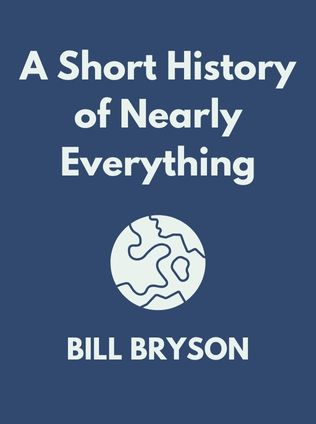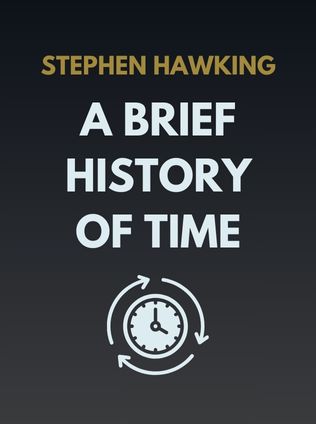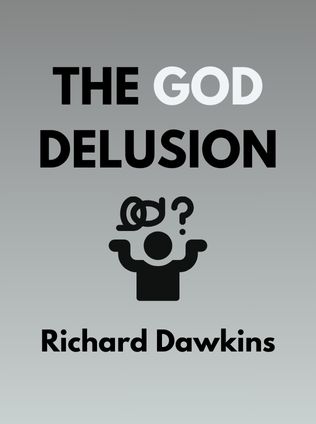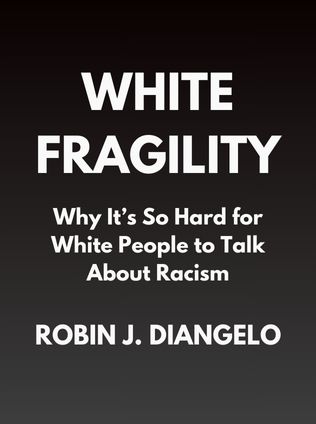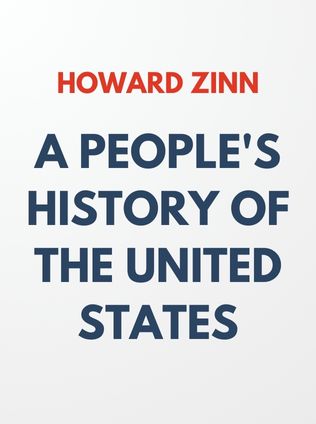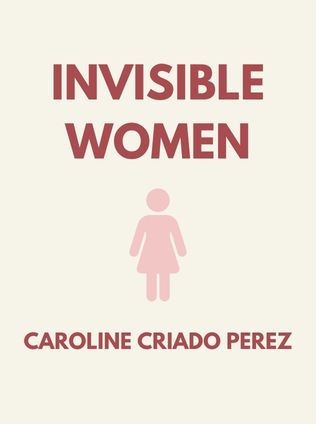
Unsettled
Unsettled Minds and the Stories That Make Us
By Steven E. Koonin
Published 09/2022
About the Author
Steven E. Koonin is a distinguished scientist whose career has spanned both academia and the energy industry. He earned his PhD in theoretical physics from MIT and went on to serve as a professor of theoretical physics at Caltech, where he eventually became the university's provost. Koonin's work caught the attention of the energy industry, leading him to a role as Chief Scientist at BP, one of the world's largest oil and gas companies. Here, he focused on renewable energy technologies and strategies for transitioning to a more sustainable energy future.
Koonin's public service includes his appointment as Undersecretary for Science in the U.S. Department of Energy under the Obama administration. In this role, he oversaw a broad range of scientific research initiatives. Despite his extensive experience in the energy sector and government, Koonin’s expertise lies primarily in theoretical physics rather than climate science, a factor that significantly influences his approach to analyzing climate data and models.
His 2021 book, Unsettled: What Climate Science Tells Us, What It Doesn’t, and Why It Matters, has sparked considerable debate. In this book, Koonin challenges the mainstream narratives surrounding climate change, arguing that the science is far less settled than many claim. His contrarian perspective has made him both a critic and a figure of controversy within the broader scientific community.
Main Idea
In Unsettled, Steven E. Koonin contends that the narrative of impending climate catastrophe driven by human activities is based on overstated evidence and unreliable models. While he acknowledges that the climate is indeed warming and that human activities contribute to this warming, he argues that the extent of this contribution, and the consequences thereof, are far from certain. Koonin believes that the public has been misled by climate activists, media, and even some scientists who present a simplified and alarmist view of climate science.
Koonin’s central thesis is that while the Earth’s climate is changing, the degree to which human activity is responsible, and the potential future impacts, are not as clear-cut as they are often portrayed. He argues that climate models, which predict future warming and its effects, are inherently flawed due to their large grid sizes, incomplete initial data, and the necessity of tuning—adjustments made to these models to better fit past data. Koonin calls for a more nuanced discussion about climate change, one that acknowledges uncertainties and avoids the alarmism that he believes is currently prevalent.
Table of Contents
- Understanding Climate Science: Basics and Misconceptions
- Critique of Climate Models and Predictions
- Public Misconceptions: Extreme Weather and Rising Sea Levels
- Assessing Proposed Solutions: A Reality Check
- Koonin’s Recommendations for Improving Climate Science
- Alternative Approaches to Addressing Climate Change
- Conclusion
Understanding Climate Science: Basics and Misconceptions
Steven Koonin begins his discussion by outlining the basic principles of climate science, challenging the mainstream consensus on key issues. He acknowledges that the Earth's climate has warmed over the past century, with an increase of approximately 1°C (1.8°F) since 1850. However, he emphasizes that understanding what constitutes “climate” is crucial. Koonin defines climate as the average weather over a long period, typically 30 years. This distinction is important because short-term weather fluctuations do not necessarily indicate long-term climate change.
Koonin then delves into the concept of temperature anomalies—deviations from a long-term average. He explains that while global surface temperatures have indeed increased, this trend is not uniform across time. For example, from 1940 to 1980, temperatures actually decreased slightly, despite the ongoing industrial activities that supposedly contribute to global warming. Koonin uses this point to argue that natural variability plays a significant role in climate patterns and that attributing recent warming solely to human activities oversimplifies a complex issue.
To illustrate his point, Koonin provides examples from historical climate data:
- Historical cycles of warming and cooling occurred long before human industrial activities, suggesting natural factors at play.
- The cooling period from 1940 to 1980 coincided with rapid industrialization, challenging the direct correlation between CO2 emissions and temperature rise.
- Temperature anomalies fluctuate significantly over short periods, reinforcing the need for long-term data to draw reliable conclusions.
Misconceptions in Public Perception
One of Koonin’s key arguments is that public misconceptions about climate change are widespread, driven by a combination of media narratives, political agendas, and oversimplified scientific communication. He identifies three major misconceptions:
Sign up for FREE and get access to 1,400+ books summaries.
You May Also Like
I Am Malala
The Story of the Girl Who Stood Up for Education and Was Shot by the Taliban
By Malala YousafzaiFactfulness
Ten Reasons We're Wrong About the World – and Why Things Are Better Than You Think
By Hans Rosling






